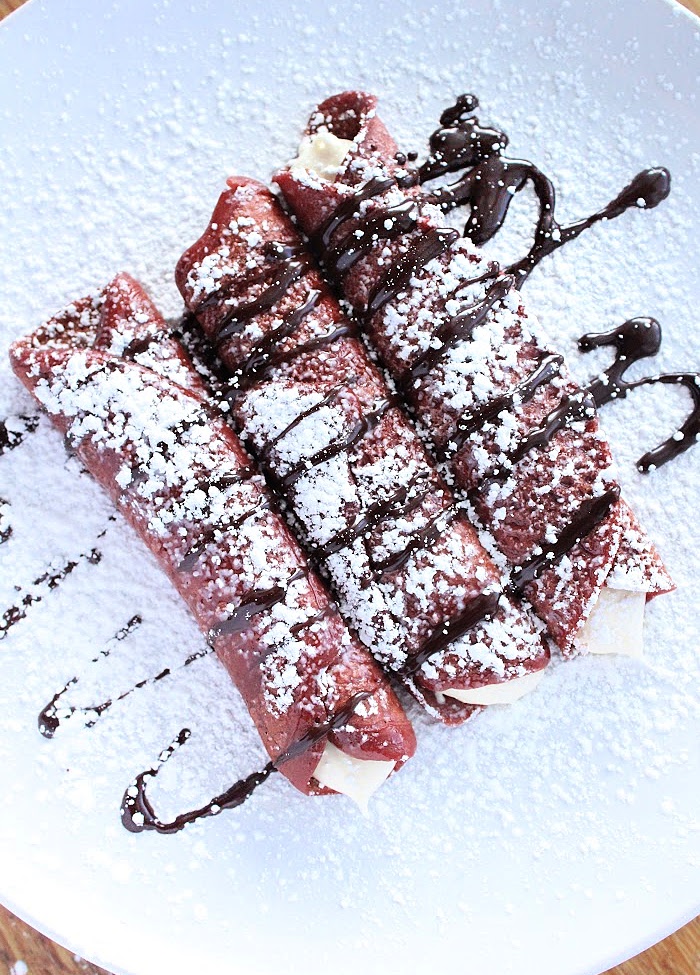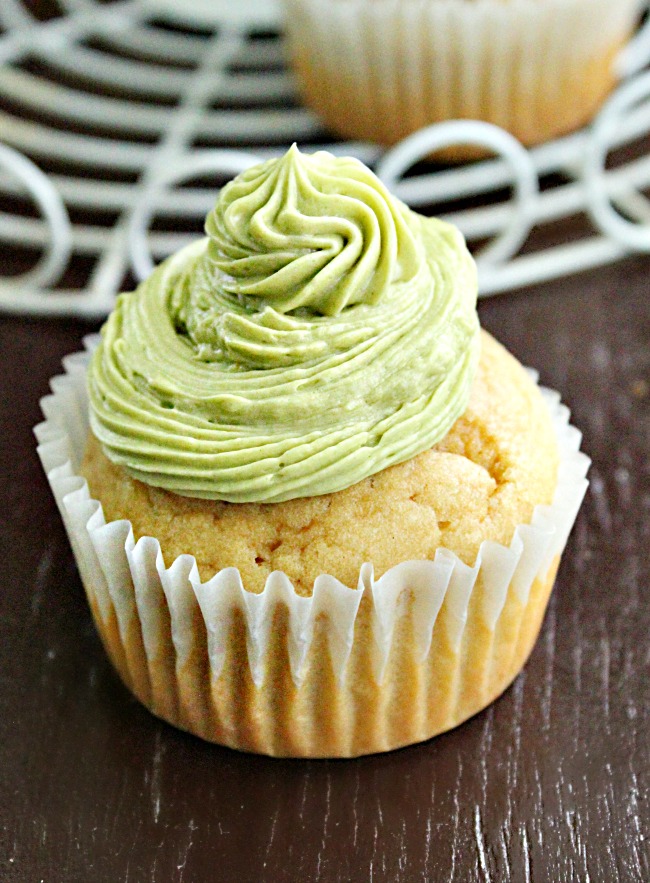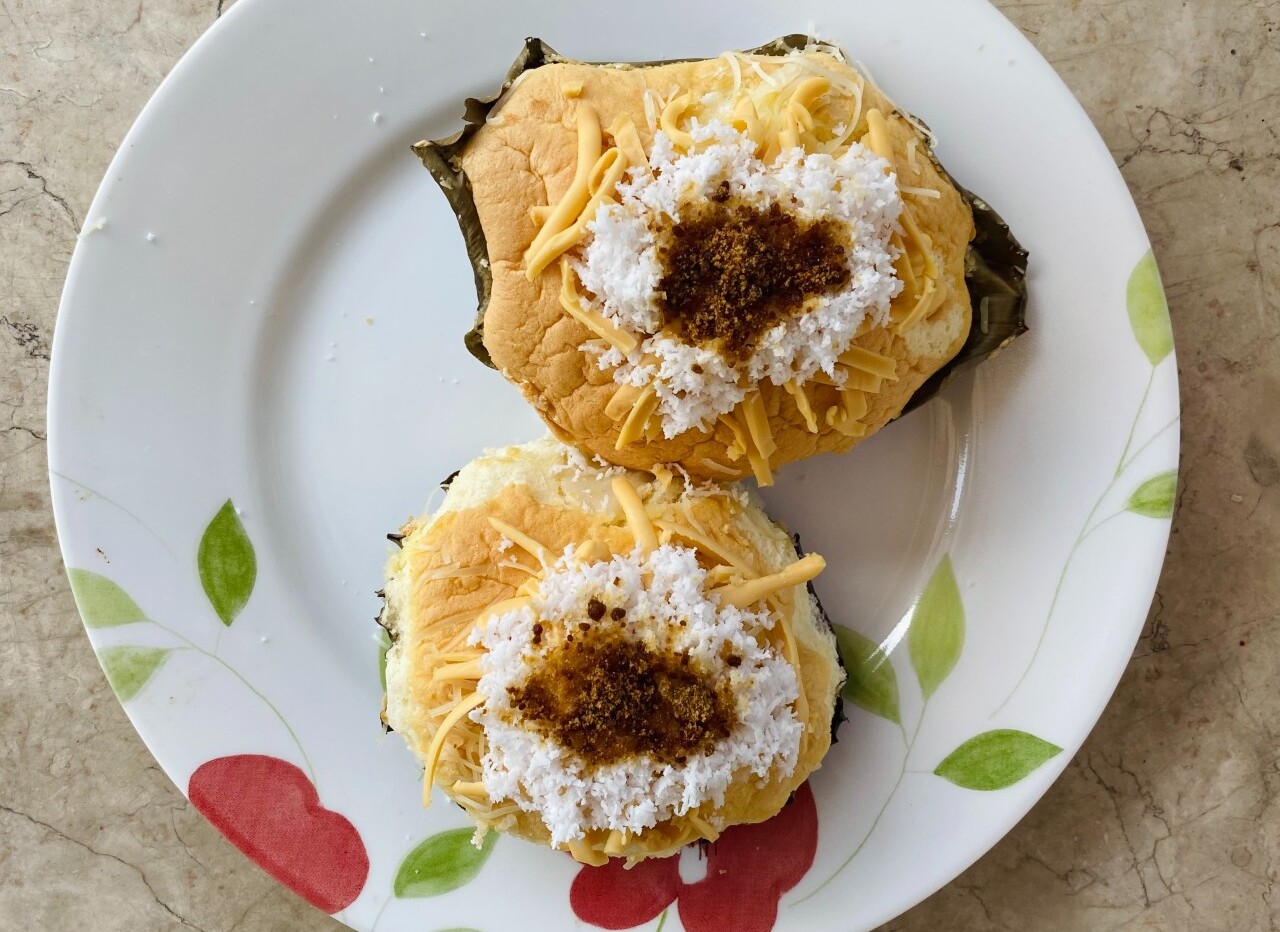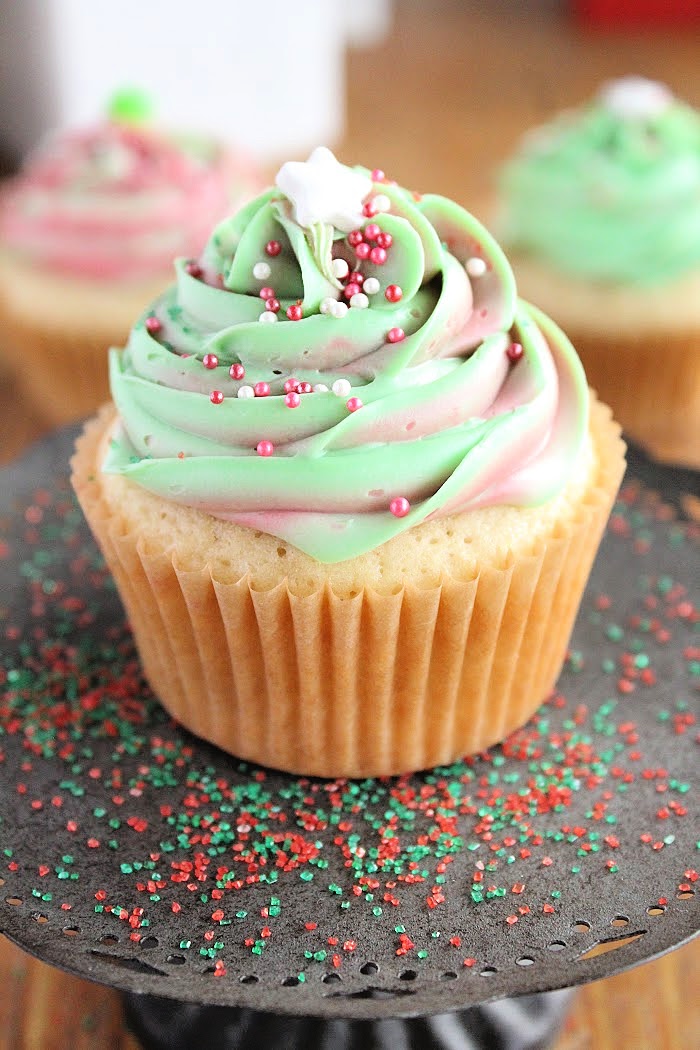12 Halloween Candies from Yesterday That Vanished from Shelves

More than just sugar and candy, Halloween candy evokes feelings of surprise, nostalgia, and remembrance. Many of the candies that used to delight trick-or-treaters have subtly vanished from store shelves over the years due to new trends, safety concerns, or business decisions. We bring back twelve of these candies from the past in this post. Every entry describes what it was, why people adored it, and the probable reason it vanished. This is a delightful trip down memory lane for those of you who grew up watching candy change.
1. Brach’s Dem Bones
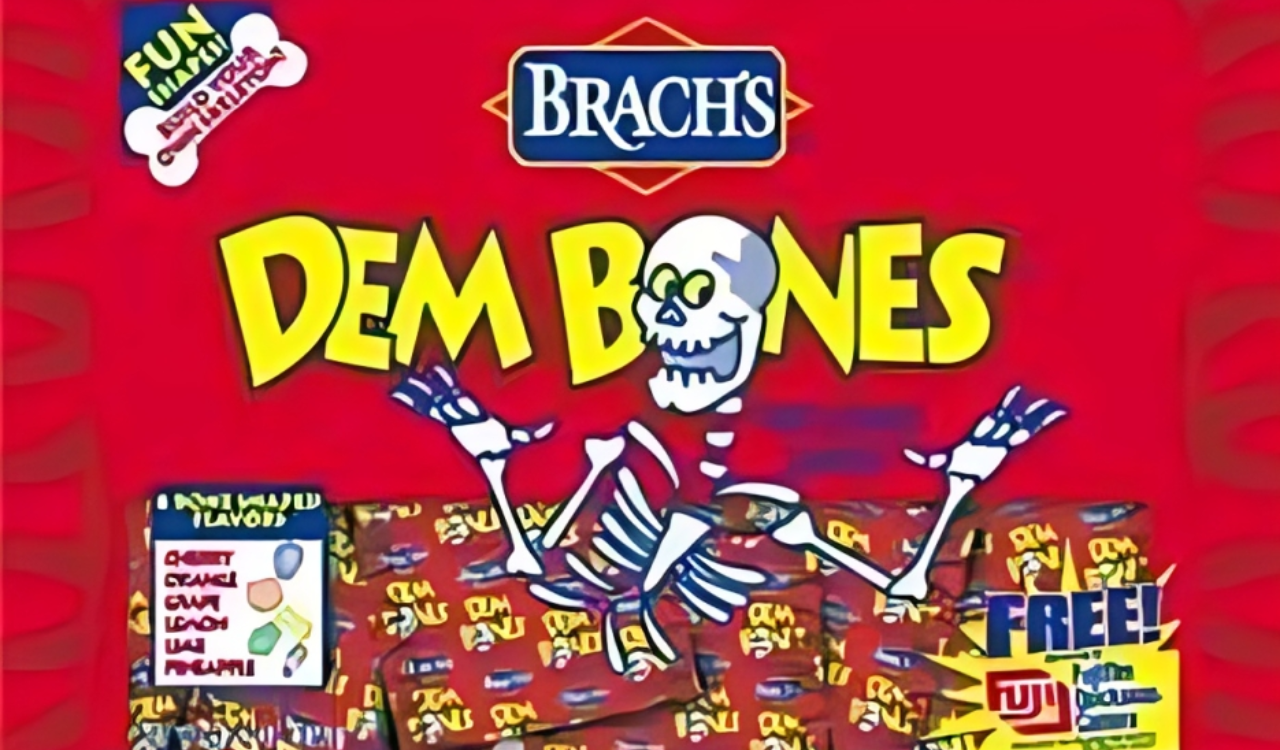
Skulls, tibias, rib cages, foot bones, and more were among the eerie shape twists offered by Brach’s Dem Bones. In the same flavor family as SweeTARTS, but with a Halloween twist, their candy had a subtle sourness. They gave eerie fun in shape and taste, and were popular during seasonal runs. They were, however, discontinued in or around 2006, most likely as a result of competition for shelf space, falling demand, or rising production costs. Even among nostalgia offerings, many candy buyers today fail to notice them.
2. Cadbury “Screme” Eggs (Halloween Edition)
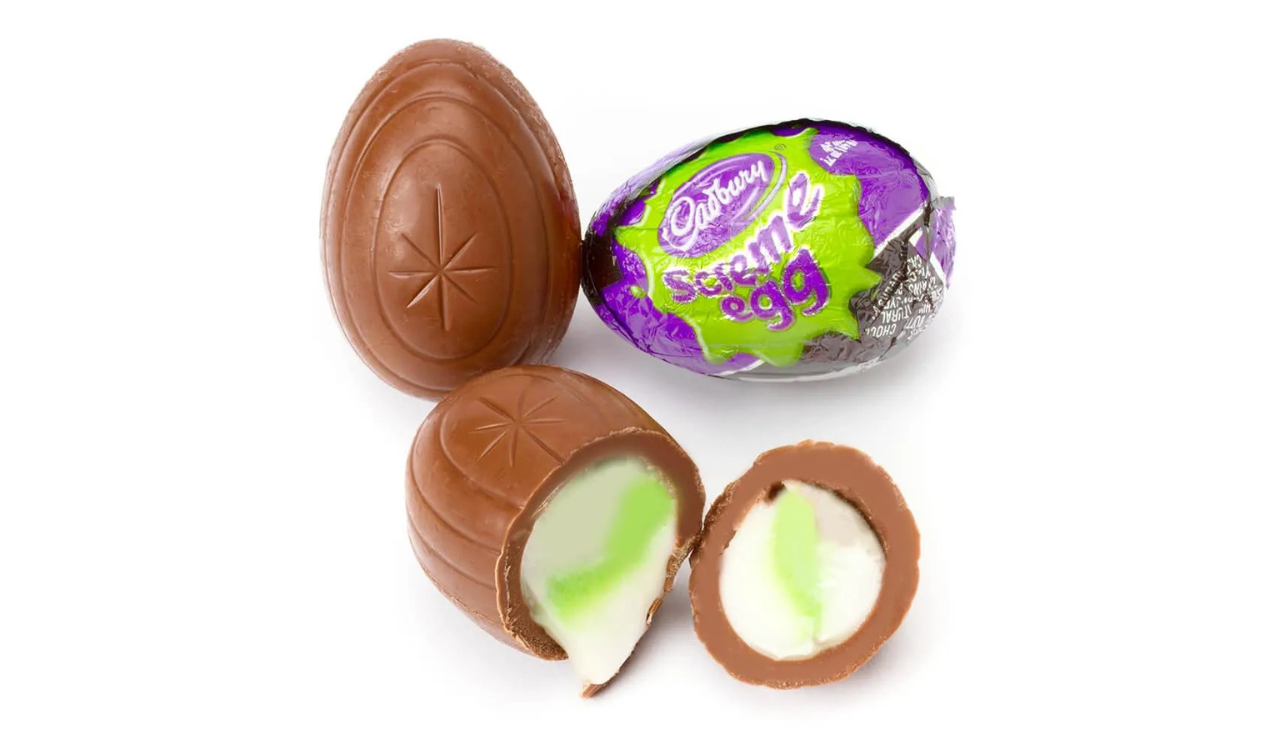
The Halloween version of Cadbury’s original Creme Egg, known as the “Screme” Egg, had fluorescent green filling inside instead of the traditional yellow and white. This eerie twist gave it a seasonal appeal, but the chocolate shell remained. Its run ended years ago, most likely due to marketing or regulatory restrictions, as well as the need to justify production costs and packaging for novelty seasonal variations.
3. Skull Pops
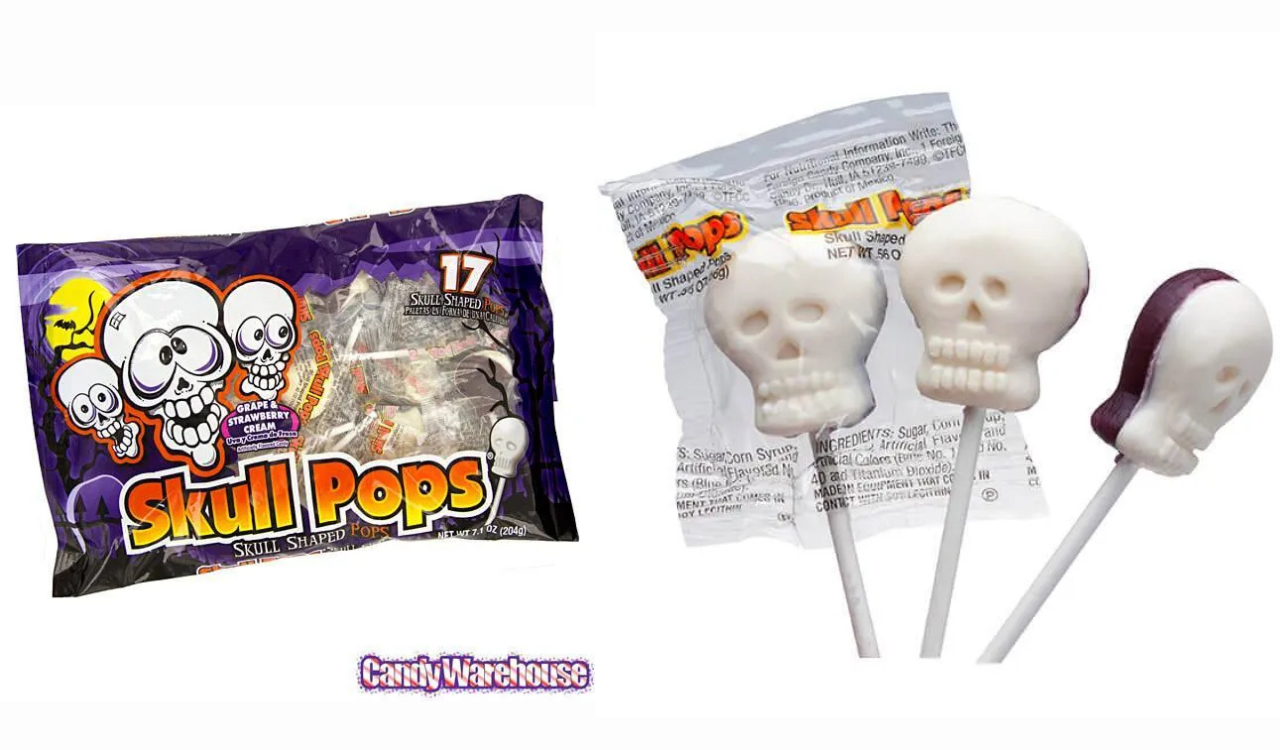
Skull Pops were double-headed skull lollipops, usually with a grape flavor on one side and strawberry cream on the other. Their sweet dual flavor and oversized ghostly design made them a Halloween staple. Over time, they stopped producing, most likely as a result of shifting consumer preferences or financial constraints on seasonal specialty goods. They serve as a reminder of how candy appeal used to be fueled by visual novelty.
4. Candy Corn Starburst
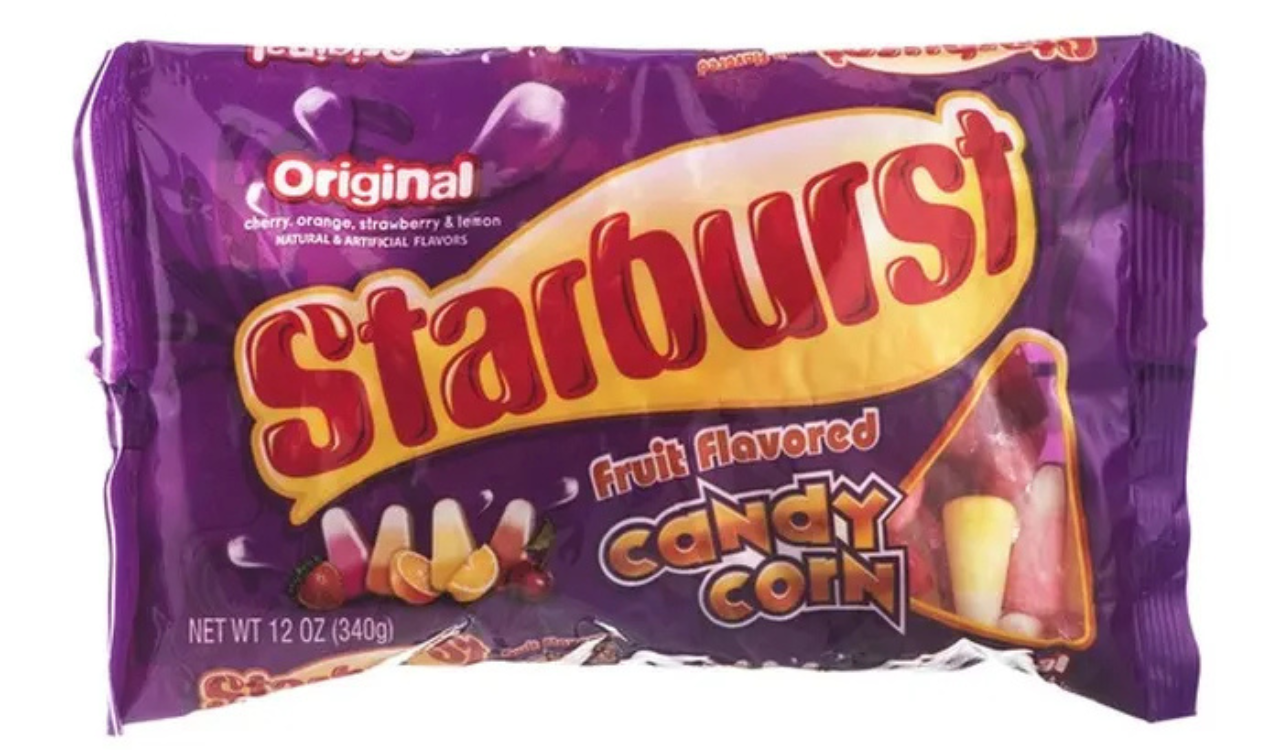
In the past, Starburst produced a candy with a triangular, yellow/orange/white gradient that resembled candy corn but tasted more like the fruity Starburst line than the typical candy corn flavor. Customers might have been confused by the shape-flavor mismatch, which is why the seasonal version was discontinued. It demonstrates how risky a shape change without flavor alignment is.
5. Hershey’s Kisses Candy Corn
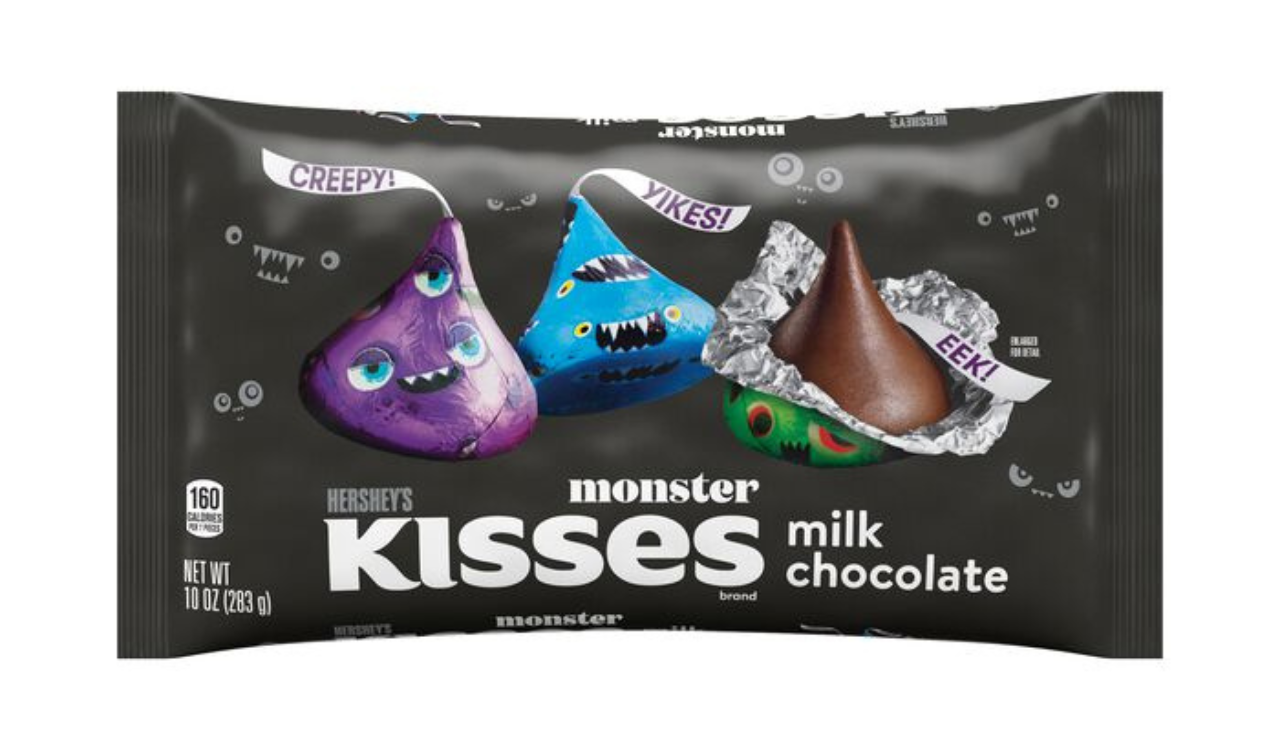
This concept was a cross between two Halloween themes: Hershey’s Kisses shaped like candy corn. However, these hybrids are challenging—factors like shelf display, consumer reaction, and manufacturing molds all play a role. The product was discontinued, most likely because operational complexity outweighed benefits or novelty demand declined.
6. Tart ’n’ Tinys (Original Hard Version)
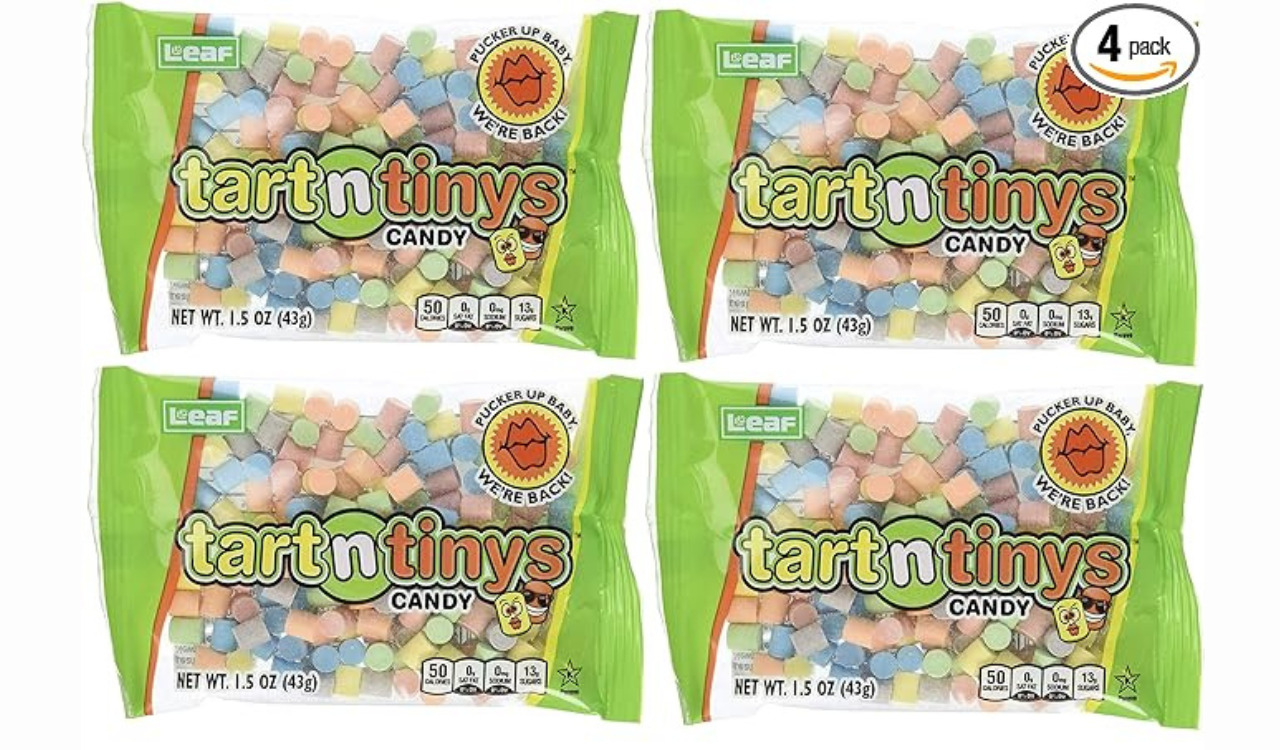
Similar to SweeTARTS or Smarties, Tart ‘n’ Tinys were compress-dextrose cylindrical candies with a chalky crunch. In the 1990s, the first hard copy was dropped. Later, chewy and candy-coated versions emerged, but the original idea was lost. Although there have been revival attempts, the original hard copy is still a treasured relic.
7. Bonkers!
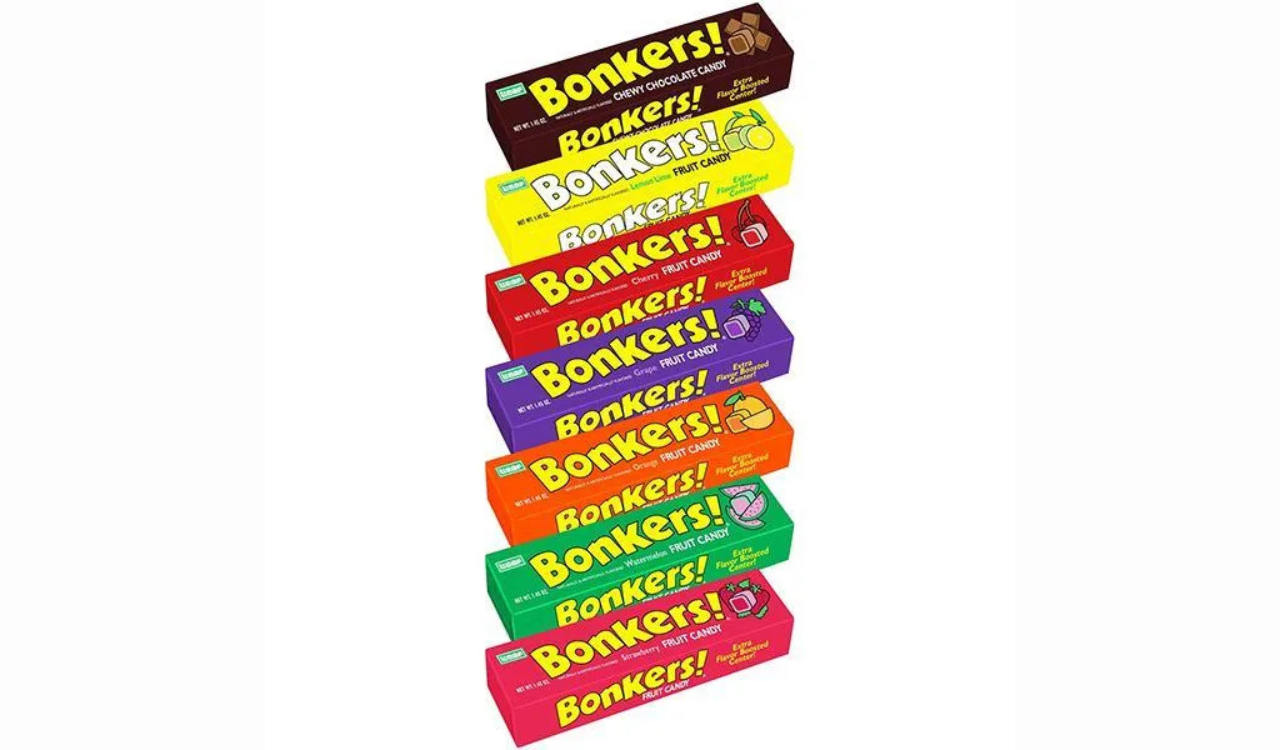
In the 1980s, Nabisco introduced Bonkers! a fruity chewable candy with a tangy center. The ads were crazy: you would laugh when the fruit fell on you after just one bite. Bonkers eventually stopped being widely available and became uncommon in novelty candy shops. Its demise was probably caused by cost, changing consumer preferences, or market saturation.
8. Candy Raisins
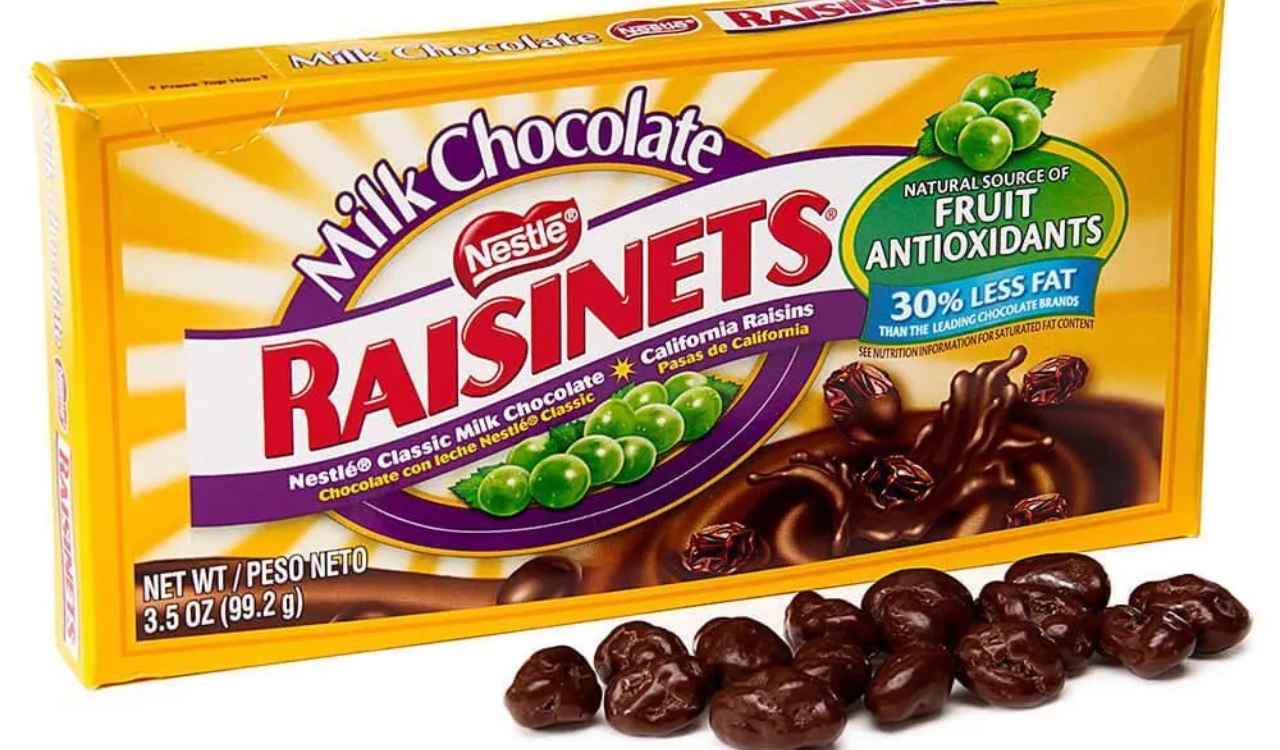
Candy Raisins, as the name suggests, were a soft jujube candy with a honey-ginger flavor and floral overtones rather than real raisins. Produced until 2008, this Milwaukee regional favorite was brought back to life in 2014, then discontinued once more in 2023 before seeing a minor resurgence in 2025. Its sporadic existence demonstrates the difficulties niche candies face in mass retail.
9. Nestlé Wonder Ball
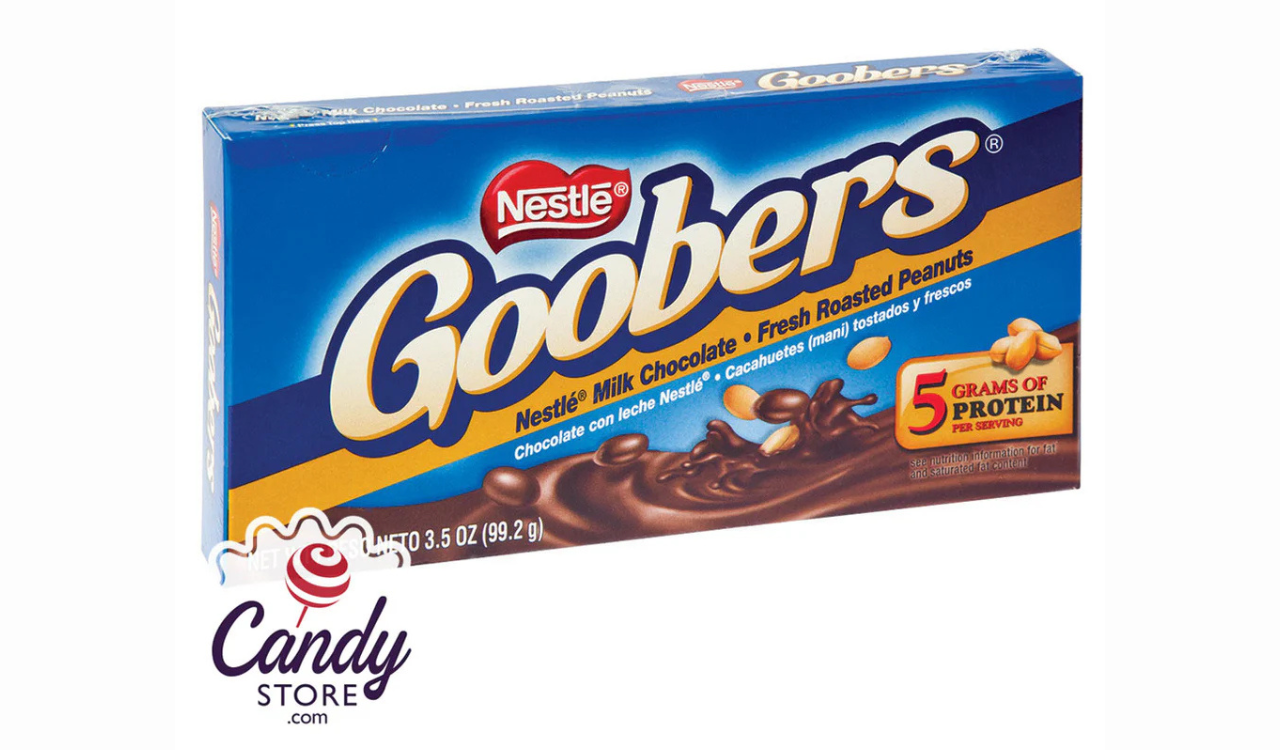
The Wonder Ball was a chocolate sphere that was hollow and contained smaller candies. At first, it also contained tiny toys, but this raised safety concerns and caused it to be withdrawn in 1997. Candy was used in later iterations in place of toys, but the novelty lost appeal. It no longer holds a permanent position on the shelf, and its resurgences were few and irregular.
10. Choco’Lite Bar
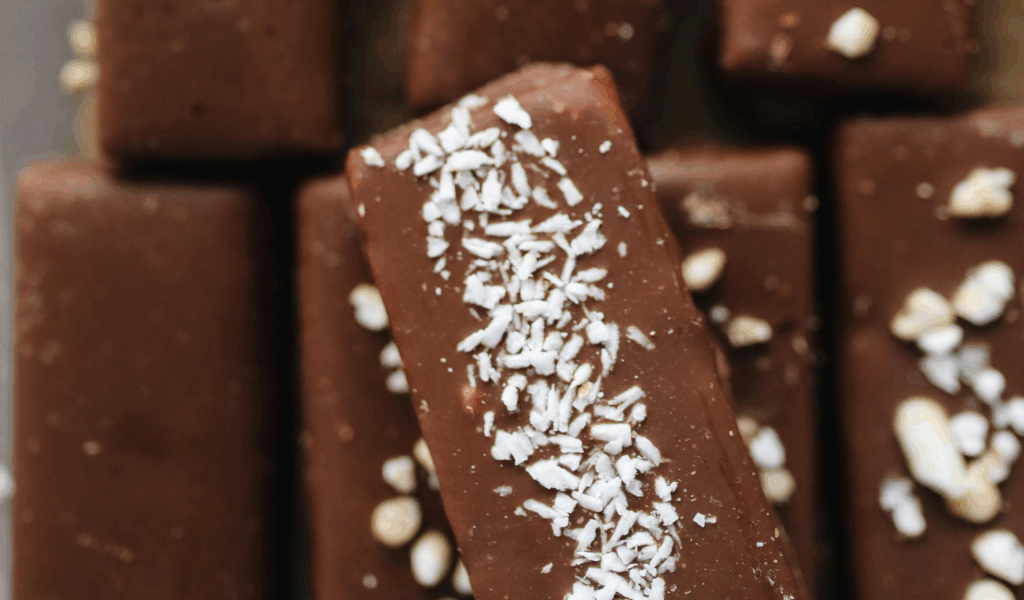
The Choco’Lite bar had a lighter texture and was a bubbly, aerated chocolate bar. Although it saw some activity in the 1970s and 1980s, it was put on hold in 1982. After taste trends changed, its distinctive structure might have made it less appealing or less stable in production. Many people still have pleasant memories of that lost chocolate experiment.
11. Butterfinger BB’s
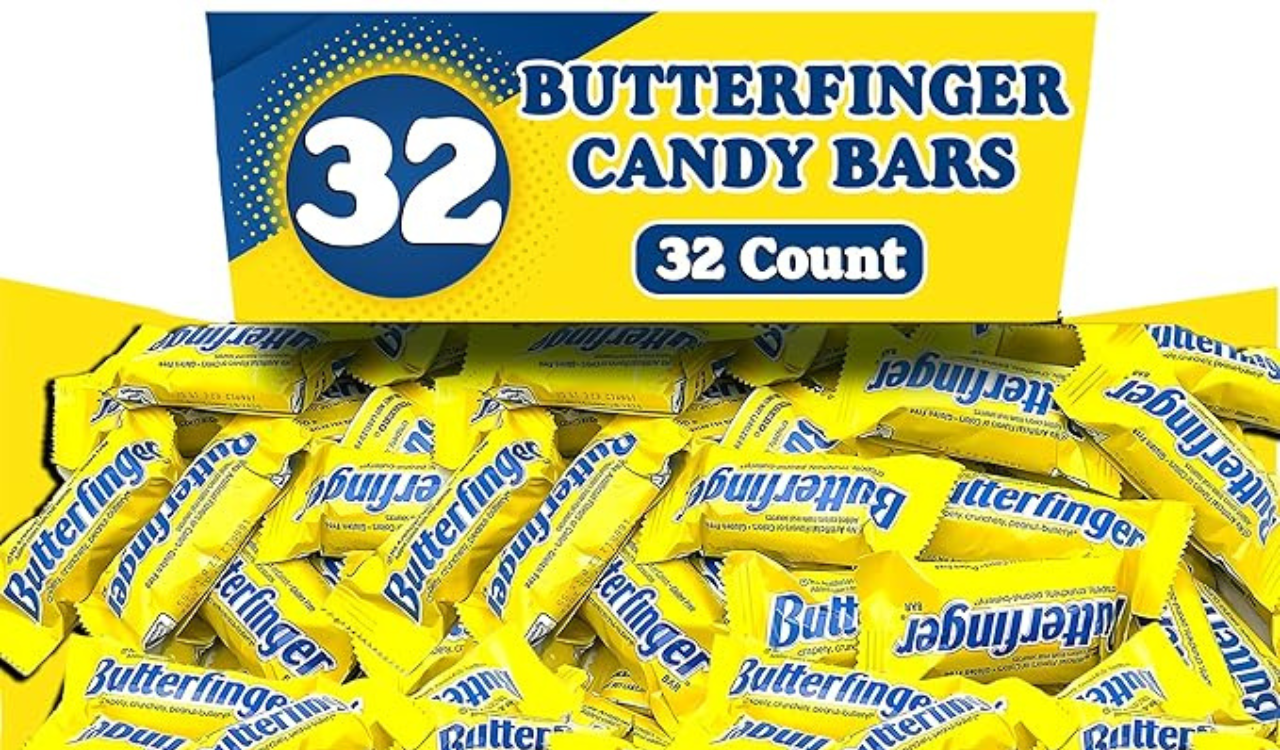
Introduced in 1992, Butterfinger BBs were spherical pieces of Butterfinger that had been rolled in chocolate. Despite extensive marketing, including through The Simpsons, they were phased out in 2006. Although Butterfinger Bites were later introduced by the parent company, many people found nostalgic appeal in the BB format.
12. Milkfuls
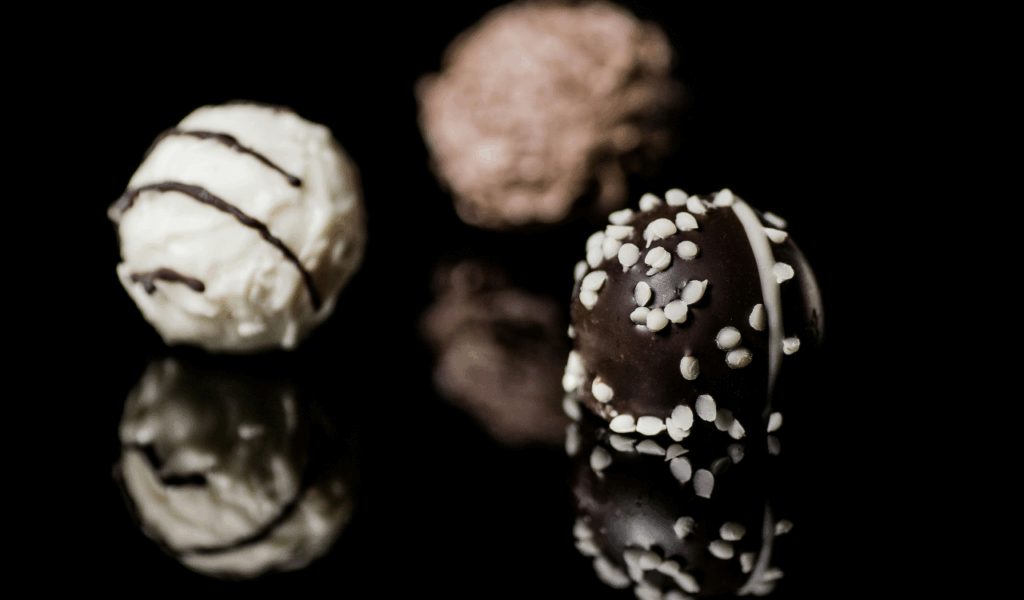
The German candy manufacturer Storck made milkfuls, which were round caramel hard candies with a milky, creamy filling. In certain markets, they were marketed under the Werther name. In the United States, they have been discontinued. The difficulty of maintaining filled hard candies in mainstream retail, competition, and shifting consumption patterns are probably the reasons behind their disappearance.
